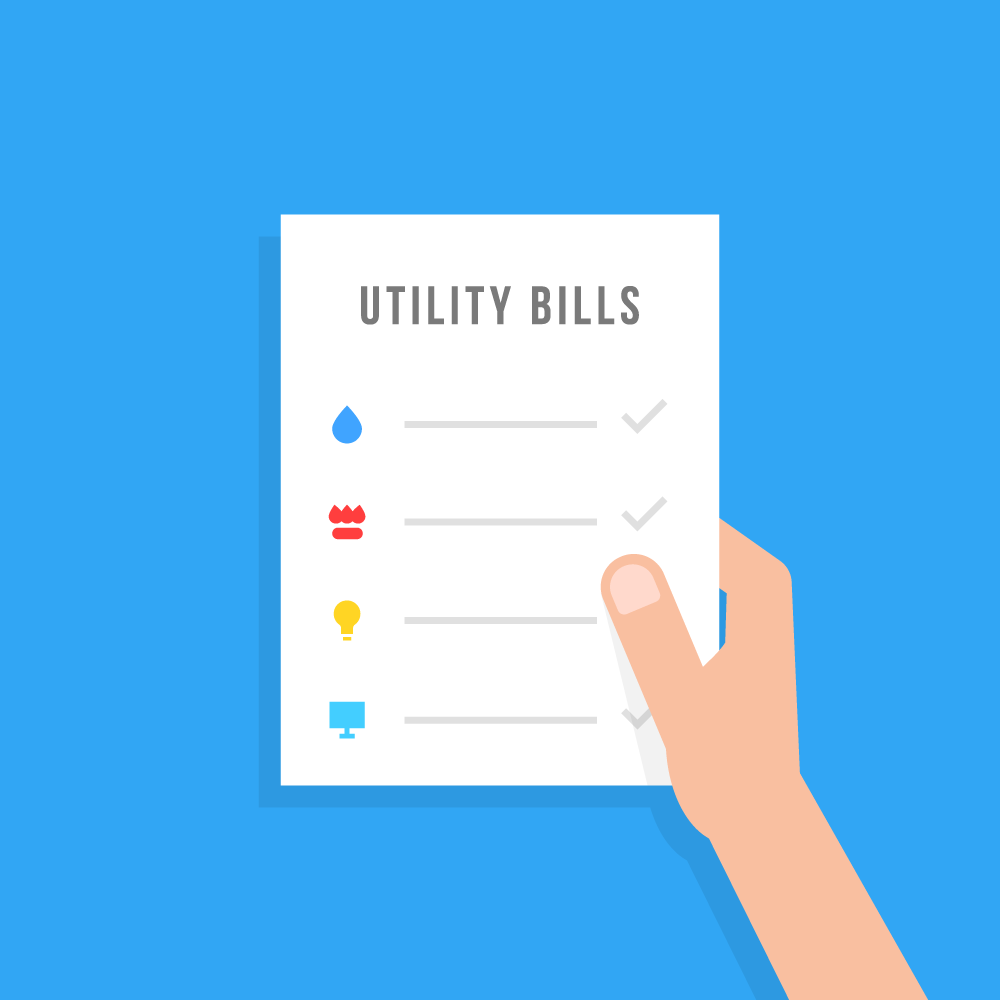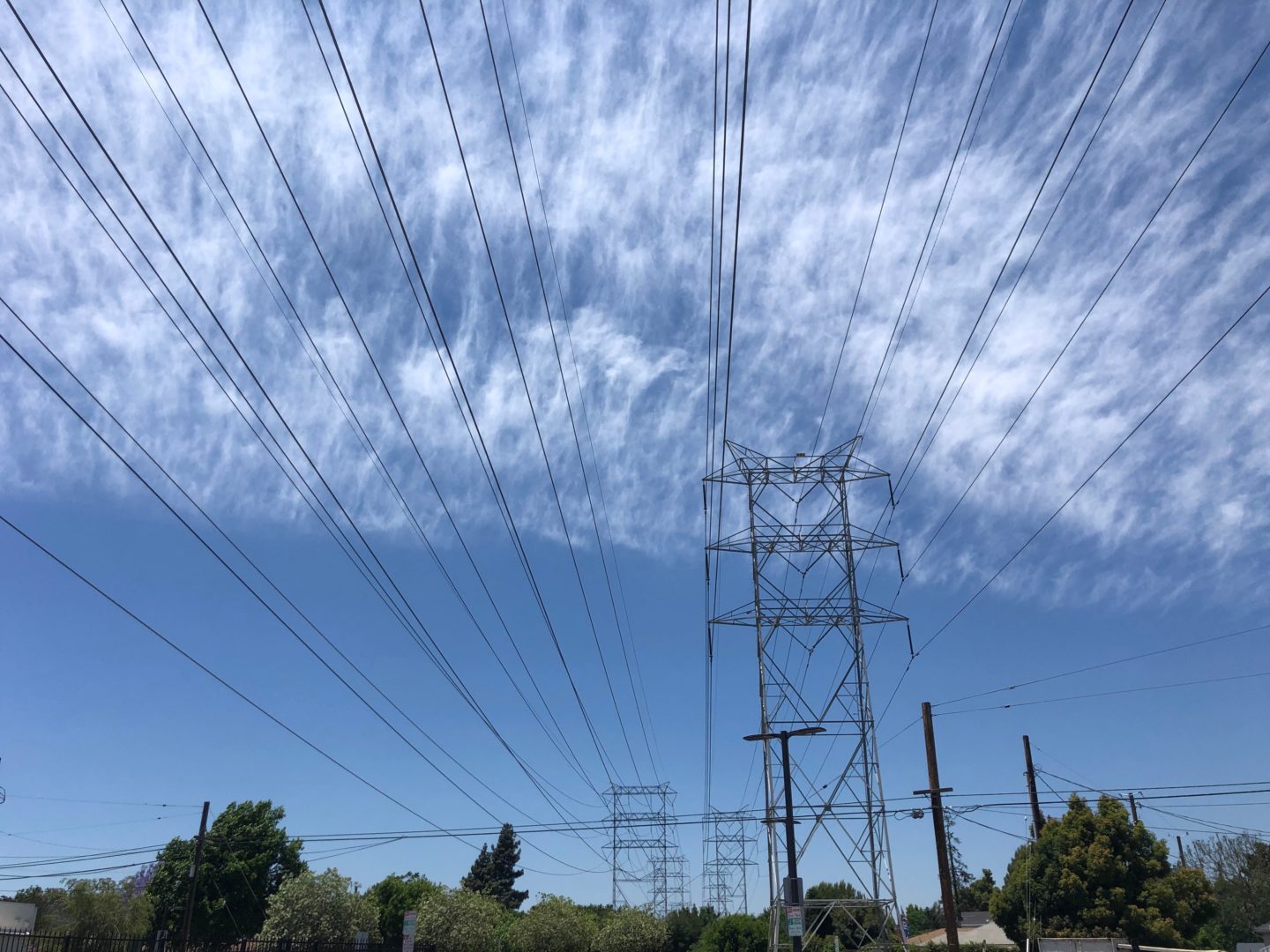This page will walk you through the steps of calculating the carbon emissions produced from your school’s utilities. The first step will be accessing your school’s utility bills to find the amount of kWh and gas your school consumed over the course of a school year. You’ll then be able to take that data, enter it into our calculators, and find out your school’s carbon dioxide emissions for the year. Use the information below to help guide you!
Accessing your school’s electricity and gas information
The first step is to pick a baseline year to get your data from – ideally the most recent school year. You’ll need your school’s electricity and gas bills from that year, which will provide you with your school’s electricity and gas consumption from every billing cycle throughout the year.
- If you go to a public school, try asking someone in the school district administration for the utility bills. If they are not the right person, ask them to put you in touch with someone who can get you the right information.
- If you go to a private or charter school, ask a staff person who is in charge of or involved with paying the utilities.
For more information, visit https://www.energyjustice.net/campus/research.
Below are some guidelines of what you should be asking for in order to get the information you need.
- What kind of gas the school uses. (This will most likely be natural gas, but it could be a combination of gases.)
- The electric and gas bills with the kWh and gas usage amounts from the most recent fiscal year.
- How your school is billed (i.e. are the buildings billed together, or does each one have a separate utility bill?). This is important to know as it can help you pinpoint problem areas and make the bills easier to pick apart. If parts of your school or buildings are billed separately, ask for the gas and electric bills from each of the buildings and/or areas.
- If you live in a deregulated state* your school may have more than one energy provider. If this is the case, your school could have multiple utility bills from different companies. Make sure you ask for the gas and electric bills from each provider if you live in one of the states below.
*Deregulated states: CT, DC, DE, IL, MA, MD, ME, MI, NH, NJ, NY, OH, OR, PA, RI, TX and VA.
Here is a good resource if you need further clarification/information on regulated vs. deregulated states: https://energywatch-inc.com/regulated-vs-deregulated-electricity-markets/
There are many ways to make a convincing argument as to why you should have access to the utility bills. Here are a few tips we found through both research and our own experience:
- If you go to a public school, you likely have a right to access your school’s electric bill. Almost all public schools are subject to state Open Records laws, which entitle you to that information. If you have an uncooperative staff member who won’t give you the electric and gas bill then be prepared to show them that you have a right to access it. For more details visit this link.
- Provide incentives!
- One thing we did was tell our administrators why it was important for us to be able to access the utility bills as it would not only be a good learning opportunity for us as students, but also a great way for them to know their carbon impact and what they could do to change it.
- Climate change is fast progressing and more and more regulations will be put in place to reduce energy usage in your city. Giving you access to the utility bills would allow you to identify major energy consumers at your school and put your school ahead of the curve.
- If you are able to access and review the utility bills, you would be able to find ways to reduce your school’s energy consumption, thus saving your school money through eco-friendly alternatives and rebates.
- Reducing your school’s energy consumption can create both environmental and financial incentives– “U.S. school districts spend $6 billion each year on energy — second only to salaries. On a more local basis, kindergarten through high school buildings in the U.S. spend an average of 67 cents per square foot (ft2) on electricity and 19 cents/ft2 on natural gas annually (Xcel Energy).”
Keep trying! But if you really can’t there are ways to get quick and general information from resources such as the EPA power profiler, from doing research on google about energy and gas usage statistics in your area or use an online calculator such as this one to make rough calculations based on your school’s zip code.
How to read the electric and gas bill

Every utility bill looks a little bit different. We suggest looking through the bills with someone who is knowledgeable about how the utilities work at your school or in your area, so they can help you understand the different components and values. This could be the accounts payable person or a knowledgeable teacher or adult in your community.
Generally speaking, on the electric bill there are kWh usage values for different buildings or sections of the school. If this is the case keep in mind that, when trying to find the total kWh, you will need to add up the kWh from each section. For each section/building of the electric bill there is a column with the kWh used in each billing cycle throughout the school year, the kW for that billing period, and the amount charged. To find the total electricity consumption for the year, add up the kWh usage amount from each billing cycle.
On the gas bill, to find your school’s natural gas consumption look for the number of therms used, which is recorded every billing cycle (a therm is the unit of measurement for natural gas). If the amount of therms is not on the bill, you can also calculate the number of therms by multiplying the usage amount by the BTU factor (for more information visit this link).
If your school doesn’t use natural gas, the gas consumption may be written in gallons instead of therms. In this case, simply look for gallons instead of therms on the gas bill.
A Few of the Most Common Natural Gas Bill Terms:
- What is a CCF? CCF is the reading of the amount of natural gas you have used within the month, measured by hundreds of cubic feet.
- What is a BTU? A British thermal unit, or BTU, is a measurement of energy that is used to calculate the amount of energy needed to raise the temperature of a pound of water 1 degree Fahrenheit.
- What is a BTU Factor? A BTU Factor is the amount of heat energy in the gas. The number is multiplied by the amount of gas used (CCF) to calculate the actual energy supplied by the gas (therms).
- What is a Therm? A therm is the equivalent of 100,000 BTUs. Typically this is the unit used to calculate the amount of energy used when determining your monthly charge for natural gas.
- What is a price per therm? This is the rate you pay per therm, per your contract. This rate might vary due to time of year, supply and other cost factors if you are on a variable rate plan.
- What is a natural gas consumption charge? This is your gas rate multiplied by the number of therms used in the billing period.
Helpful resources: Understanding Your Electricity & Gas Bill, Understanding the Gas Bill, How to Read Your Bill
Some Common Electricity Bill Terms
MWh = Megawatt-hour
A MWh is a unit of measure of electric energy. One MWh is 1,000 kilowatt-hours (kWh). An MWh is the amount of electricity generated by a one megawatt (MW) electric generator operating or producing electricity for one hour (Energy Master Plan).
kWh = kilowatt-hour
A kWh is a measure of how much energy you’re using per hour, and is the most common unit of energy found on electricity bills. It is a unit of measurement that equals the amount of energy you would use if you kept a 1,000 watt appliance running for an hour. In other words, if you switched on a 100 watt light bulb, it would take 10 hours to rack up 1 kWh of energy (ovoenergy).
kW = kilowatt
One kW is equal to 1,000 watts, which is a measure of power.
A kWh is a measurement of energy, whereas a kW is a measurement of power. The difference between electricity and power is that energy is “the ability to do work,” and power is the rate of energy production. In other words, a kWh reflects the total amount of electricity used, whereas a kW reflects the rate of electricity usage/ how much power is in a given appliance. For example, an appliance consuming electricity at a rate of 2 kW vs 1 kW is consuming electricity twice as fast. Though, when calculating your carbon footprint it is best to use kWh as it provides you with a more accurate number of how much energy is actually being used. (Artis Energy)


